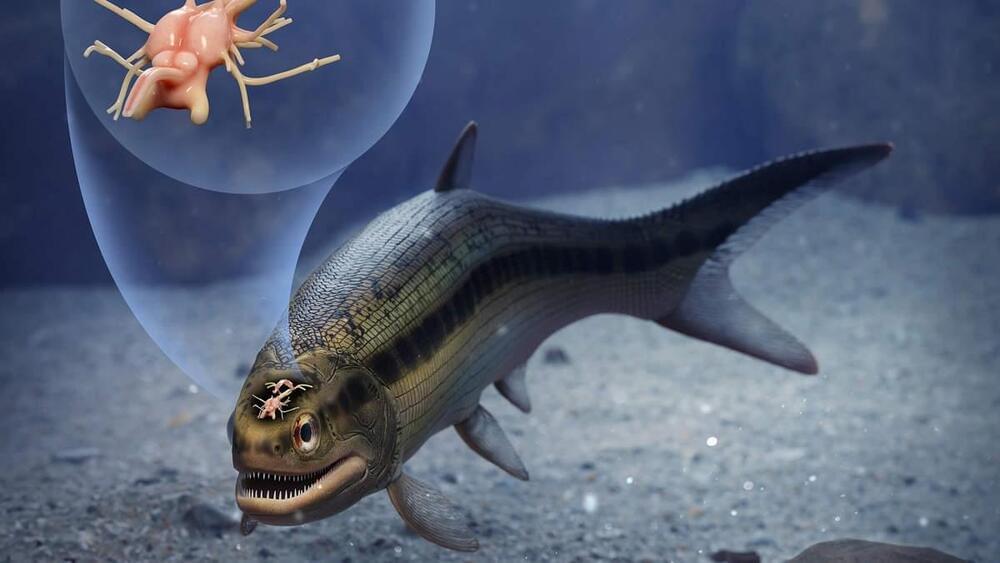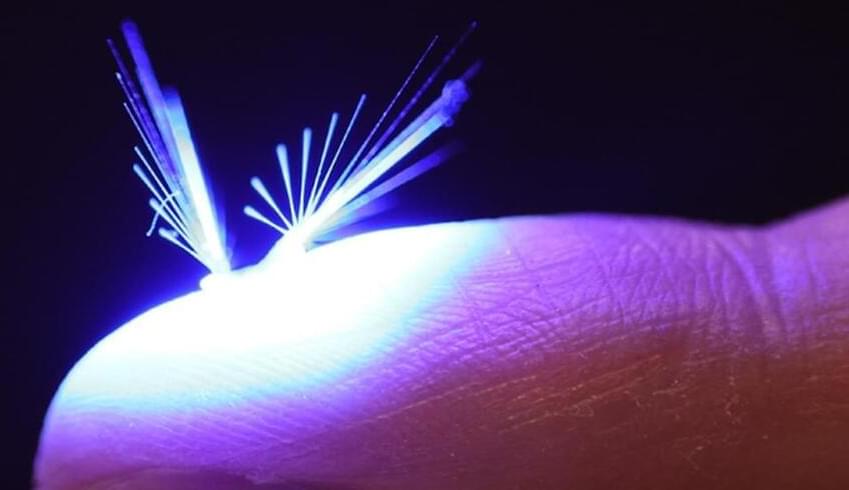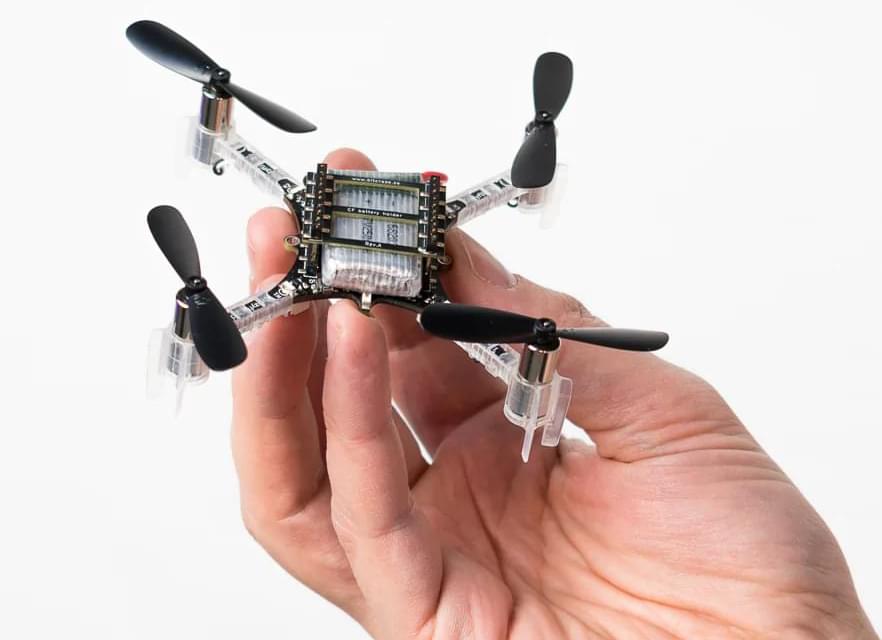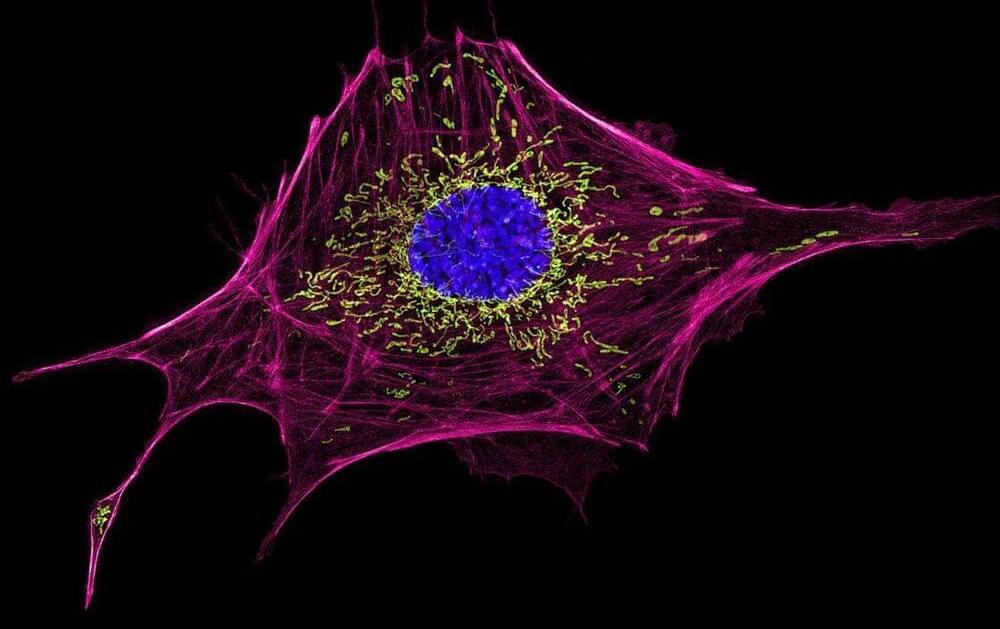Five species of previously unknown snakes with stunning eyes were discovered in jungle trees, and one was named after Leonardo DiCaprio. But mining threatens them all.


Human civilization has achieved some incredible things during its short reign on this planet. Technological development over the past 5,000 years of human civilization has led our species to dominance of life on Earth and placed us on a pathway to achieving a Type I civilization.
To reach even the basic level of a “Kardashev Type 1 civilization” we must do two things:
Develop more advanced technology and share it with all responsible nations.
Make renewable energy accessible to all parts of the world.
Five hundred years ago, the Aztec civilization believed that the sun and all its power was sustained by blood from human sacrifice.
Today, we know that the sun, along with all other stars, is powered by a reaction called nuclear fusion.
Scientists and engineers have studied the Sun’s fusion process in hopes of developing a way to harness energy from fusion in machines on Earth.
What exactly is nuclear fusion, and how does it work in terms of producing electricity?
#nuclearfusion #sciencetime #kardashev.
Brian Greene is a theoretical physicist. Please support this podcast by checking out our sponsors:
- The Prisoner Wine Company: https://theprisonerwine.com/lex to get 20% off & free shipping.
- Blinkist: https://blinkist.com/lex and use code LEX to get 25% off premium.
- LMNT: https://drinkLMNT.com/lex to get free sample pack.
- BetterHelp: https://betterhelp.com/lex to get 10% off.
- NI: https://www.ni.com/perspectives.
EPISODE LINKS:
Brian’s Twitter: https://twitter.com/bgreene.
Brian’s Website: http://www.briangreene.org/
Until the End of Time (book): https://amzn.to/2XuqXUi.
PODCAST INFO:
Podcast website: https://lexfridman.com/podcast.
Apple Podcasts: https://apple.co/2lwqZIr.
Spotify: https://spoti.fi/2nEwCF8
RSS: https://lexfridman.com/feed/podcast/
Full episodes playlist: https://www.youtube.com/playlist?list=PLrAXtmErZgOdP_8GztsuKi9nrraNbKKp4
Clips playlist: https://www.youtube.com/playlist?list=PLrAXtmErZgOeciFP3CBCIEElOJeitOr41
OUTLINE:
0:00 — Introduction.
0:27 — Entropy.
8:35 — Consciousness.
24:54 — Quantum gravity.
28:14 — String theory.
41:41 — Time.
54:13 — Free will.
58:36 — Emergence and complexity.
1:05:48 — The Big Bang.
1:18:47 — Extraterrestrial life.
1:29:09 — Space exploration.
1:37:07 — Fear of death.
SOCIAL:
- Twitter: https://twitter.com/lexfridman.
- LinkedIn: https://www.linkedin.com/in/lexfridman.
- Facebook: https://www.facebook.com/lexfridman.
- Instagram: https://www.instagram.com/lexfridman.
- Medium: https://medium.com/@lexfridman.
- Reddit: https://reddit.com/r/lexfridman.
- Support on Patreon: https://www.patreon.com/lexfridman

Very old brain, some ancient philosophy maybe…
A fossilised fish originally dug up more than a century ago in an English coal mine has been shown to hold the world’s oldest brain in a vertebrate animal.
CT scans revealed the new internal features including a brain and cranial nerves about 2 centimetres long.
Soft tissue such as internal organs decay very quickly and very rarely fossilise.

🧚🐝👾
“I’ll teach you how to jump on the wind’s back, and then away we go,” Peter Pan says to Wendy.
In J.M. Barrie’s book, fairies can be brought back to life if enough people believe in them.
Researchers at the Light Robots group at Tampere University in Finland have gone a step further, creating a tiny robot sprite which flies by the wind and is controlled by light.

Scientists and roboticists have long looked at nature for inspiration to develop new features for machines. In this case, researchers from Ecole Polytechnique Fédérale de Lausanne (EPFL), Switzerland were inspired by bats and other animals that rely on echolocation to design a method that would give small robots that ability to navigate themselves — one that doesn’t need expensive hardware or components too large or too heavy for tiny machines. In fact, according to PopSci, the team only used the integrated audio hardware of an interactive puck robot and built an audio extension deck using cheap mic and speakers for a tiny flying drone that can fit in the palm of your hand.
The system works just like bat echolocation. It was designed to emit sounds across frequencies, which a robot’s microphone then picks up as they bounce off walls. An algorithm the team created then goes to work to analyze sound waves and create a map with the room’s dimensions.
In a paper published in IEEE Robotics and Automation Letters, the researchers said existing “algorithms for active echolocation are less developed and often rely on hardware requirements that are out of reach for small robots.” They also said their “method is model-based, runs in real time and requires no prior calibration or training.” Their solution could give small machines the capability to be sent on search-and-rescue missions or to previously uncharted locations that bigger robots wouldn’t be able to reach. And since the system only needs onboard audio equipment or cheap additional hardware, it has a wide range of potential applications.

Google said Monday it will release a conversational chatbot named Bard, setting up an artificial intelligence showdown with Microsoft which has invested billions in the creators of ChatGPT, the hugely popular language app that convincingly mimics human writing.
ChatGPT, created by San Francisco company OpenAI, has caused a sensation for its ability to write essays, poems or programming code on demand within seconds, sparking widespread fears of cheating or of entire professions becoming obsolete.
Microsoft announced last month that it was backing OpenAI and has begun to integrate ChatGPT features into its Teams platform, with expectations that it will adapt the app to its Office suite and Bing search engine.

Engineers at the University of Waterloo have developed artificial intelligence (AI) technology to predict if women with breast cancer would benefit from chemotherapy prior to surgery.
The new AI algorithm, part of the open-source Cancer-Net initiative led by Dr. Alexander Wong, could help unsuitable candidates avoid the serious side effects of chemotherapy and pave the way for better surgical outcomes for those who are suitable.
“Determining the right treatment for a given breast cancer patient is very difficult right now, and it is crucial to avoid unnecessary side effects from using treatments that are unlikely to have real benefit for that patient,” said Wong, a professor of systems design engineering.
Advancing Geroscience & Gerotherapeutics — Dr. Nir Barzilai, MD, Albert Einstein College of Medicine.
Dr. Nir Barzilai, MD (https://www.einsteinmed.edu/faculty/484/nir-barzilai/) is the Director of the Institute for Aging Research at the Albert Einstein College of Medicine and the Director of the Paul F. Glenn Center for the Biology of Human Aging Research and of the National Institutes of Health’s (NIH) Nathan Shock Centers of Excellence in the Basic Biology of Aging. He is the Ingeborg and Ira Leon Rennert Chair of Aging Research, professor in the Departments of Medicine and Genetics, and member of the Diabetes Research Center and of the Divisions of Endocrinology & Diabetes and Geriatrics.
Dr. Barzilai’s research interests are in the biology and genetics of aging, with one focus of his team on the genetics of exceptional longevity, where they hypothesize and demonstrate that centenarians (those aged 100 and above) may have novel protective genes, which allow the delay of aging or for the protection against age-related diseases. The second focus of his work, for which Dr. Barzilai holds an NIH Merit award, is on the metabolic decline that occurs during aging, and his team hypothesizes that the brain leads this decline with some very interesting neuro-endocrine connections.
Dr. Barzilai is currently leading an international effort to approve drugs that can target aging (Gerotherapeutics). Targeting Aging with METformin (TAME) is a specific study designed to prove the concept that a basket of diseases (multi-morbidities) of aging can be delayed simultaneously, in this protocol by the drug metformin, working with the FDA to approve this approach which will serve as a template for future efforts to delay aging and its diseases in humans.
Dr. Barzilai has received numerous grants, among them ones from the National Institute on Aging (NIA), American Federation for Aging Research, the Ellison Medical Foundation and The Glenn Medical foundation. He has published over 280 peer-reviewed papers, reviews, and textbook chapters. He is an advisor to the NIH on several projects and serves on several editorial boards and is a reviewer for numerous other journals.